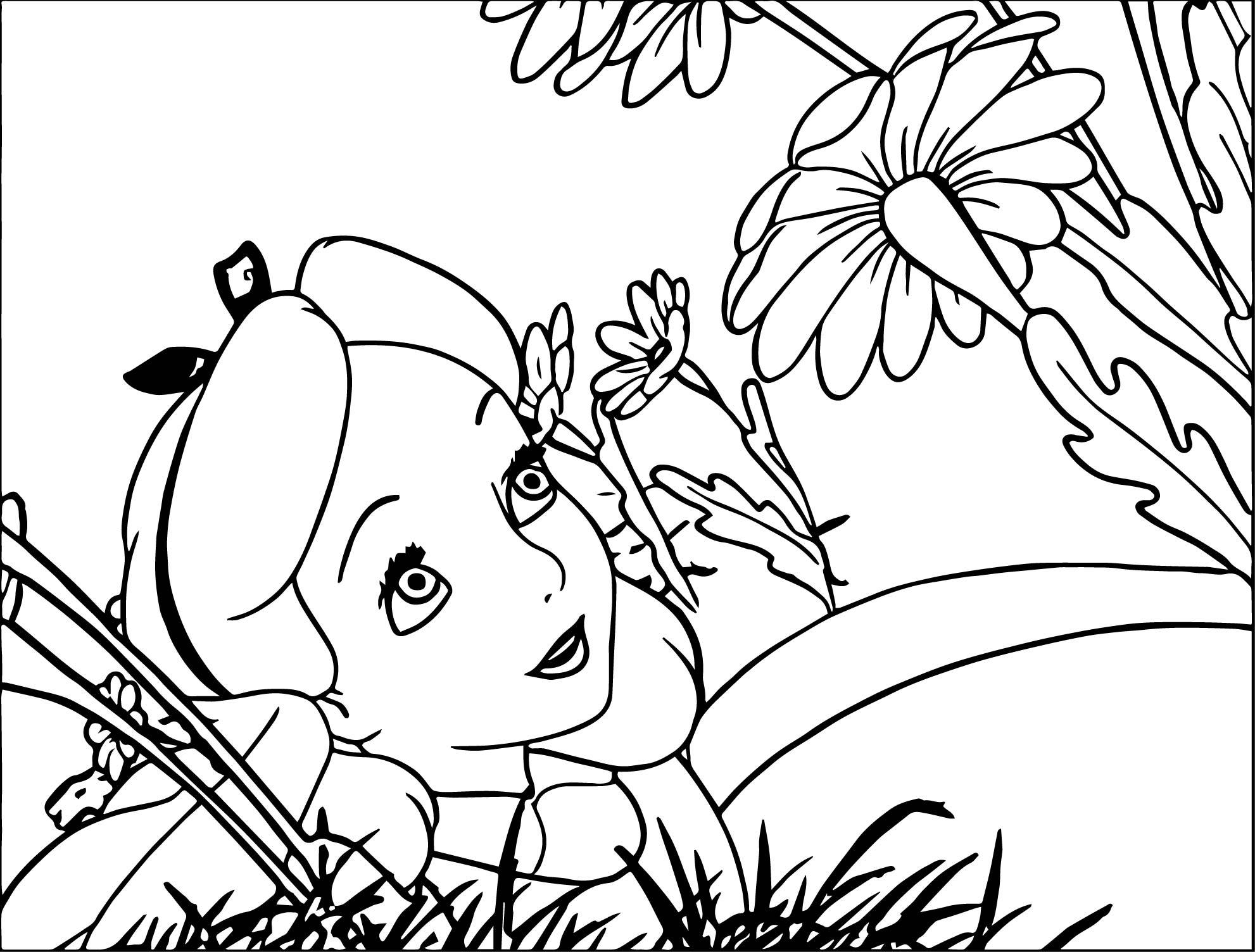
Having told the story and begged by Alice Liddell to write it down, Carroll eventually (after much delay) presented her with a handwritten, illustrated manuscript entitled Alice's Adventures Under Ground in November 1864. It was during one such expedition, on July 4, 1862, accompanied, in addition by Reverend Robinson Duckworth, that Carroll invented the outline of the story that eventually became his first and largest commercial success. Though information is scarce (Carroll's diaries for the years 1858–1862 are missing), it does seem clear that Carroll's friendship with the Liddell family was an important part of his life in the late 1850's, and he grew into the habit of taking the Alice and her sisters on rowing trips. Carroll himself, however, repeatedly denied in his later life that his "little heroine" was based on any real child. This was given some apparent substance by the fact the acrostic poem at the end of Through the Looking Glass spells out her name, and that there are many superficial references to her hidden in the text of both books.


Lewis Carroll was for many years widely assumed to have derived his own "Alice" from Alice Liddell, the daughter of a close friend. He is best known for writing Alice's Adventures in Wonderlandand its sequel, Through the Looking Glass, as well as the poems The Hunting of the Snark and Jabberwocky. He was thought by many people to be a genius and he enjoyed puzzles. “Imagination is the only weapon in the war against reality.”Ĭharles Lutwidge Dodgson (27 January 1832 – 14 January 1898), better known by the pseudonym Lewis Carroll, was an English author, mathematician, Anglican deacon and photographer.


 0 kommentar(er)
0 kommentar(er)
